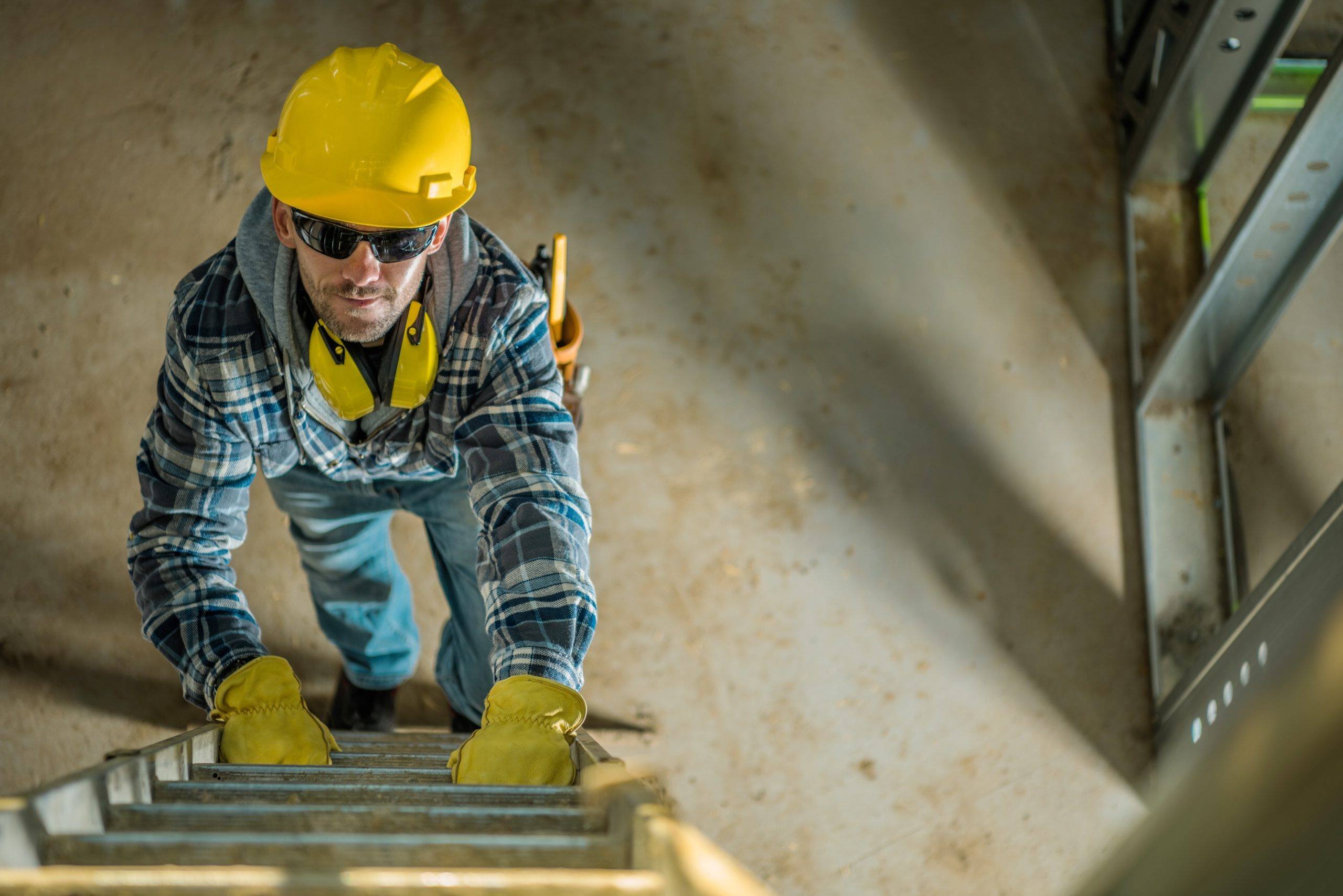
Rebirthing is a unique breathing technique that promises to help people release emotional blockages and trauma. But what exactly is it? Rebirthing involves conscious, connected breathing to access and clear out suppressed emotions. This practice, developed in the 1970s, has gained a following for its potential to bring about profound personal transformation. Imagine feeling lighter, more at peace, and emotionally free. Sounds intriguing, right? Whether you're a curious newbie or a seasoned practitioner, understanding the ins and outs of rebirthing can offer valuable insights into your emotional well-being. Ready to learn more? Let's dive into 40 fascinating facts about this transformative practice!
Key Takeaways:
- Rebirthing is a breathing technique developed in the 1970s to release emotional trauma and promote relaxation. It may offer emotional healing, but can also pose risks for some individuals.
- Rebirthing involves conscious connected breathing to address birth trauma and promote self-healing. While it may offer benefits like stress reduction and improved relationships, it's important to consider potential risks and consult a professional before trying it.
What is Rebirthing?
Rebirthing is a breathing technique aimed at releasing emotional blockages and trauma. It involves conscious connected breathing, which can lead to profound emotional and psychological healing. Here are some fascinating facts about this practice.
-
Origins: Rebirthing was developed in the 1970s by Leonard Orr. He believed that the way we breathe can influence our emotional and mental states.
-
Breathing Technique: The core of rebirthing is a specific breathing pattern called conscious connected breathing. This involves taking deep, continuous breaths without pausing.
-
Emotional Release: Practitioners claim that rebirthing can help release repressed emotions and trauma stored in the body.
-
Birth Trauma: Orr theorized that many of our emotional issues stem from the trauma of birth itself. Rebirthing aims to address and heal this primal trauma.
-
Holotropic Breathwork: Rebirthing is similar to holotropic breathwork, another breathing technique developed by Stanislav Grof. Both methods aim to achieve altered states of consciousness.
-
Self-Healing: Advocates believe that rebirthing can activate the body's natural self-healing mechanisms.
-
Energy Flow: The practice is said to enhance the flow of life energy, or prana, throughout the body.
-
Stress Reduction: Regular sessions can significantly reduce stress levels and promote relaxation.
-
Spiritual Awakening: Many practitioners report experiencing spiritual insights and awakenings during rebirthing sessions.
-
Physical Benefits: Some people claim that rebirthing can improve physical health by increasing oxygenation and detoxifying the body.
How Does Rebirthing Work?
Understanding the mechanics behind rebirthing can shed light on its potential benefits and risks. Here’s a closer look at how this technique operates.
-
Session Structure: A typical rebirthing session lasts about 1-2 hours and is usually guided by a trained facilitator.
-
Safe Environment: Sessions are conducted in a safe, comfortable setting to help participants relax and open up emotionally.
-
Guided Process: The facilitator guides the participant through the breathing technique, offering support and encouragement.
-
Emotional Catharsis: Participants often experience intense emotional releases, sometimes crying, laughing, or expressing anger.
-
Integration: After the breathing session, there is usually a period of integration where participants discuss their experiences and feelings.
-
Frequency: Some people practice rebirthing regularly, while others may only do it occasionally as needed.
-
Self-Practice: Once learned, the technique can be practiced alone, although many prefer the guidance of a facilitator.
-
Contraindications: Rebirthing may not be suitable for everyone, particularly those with certain medical conditions or severe mental health issues.
-
Preparation: It’s recommended to avoid heavy meals and stimulants before a session to enhance the experience.
-
Post-Session Care: Participants are advised to rest and hydrate well after a session to help process the emotional and physical effects.
Benefits of Rebirthing
Rebirthing offers a range of potential benefits, from emotional healing to physical well-being. Here are some of the key advantages reported by practitioners.
-
Emotional Healing: Many people find that rebirthing helps them process and release deep-seated emotional pain.
-
Mental Clarity: The practice can lead to greater mental clarity and focus.
-
Improved Relationships: By healing emotional wounds, rebirthing can improve relationships with others.
-
Increased Energy: Participants often report feeling more energetic and vibrant after sessions.
-
Better Sleep: Improved breathing patterns can lead to better sleep quality.
-
Enhanced Creativity: Some people find that rebirthing unlocks their creative potential.
-
Reduced Anxiety: The deep relaxation achieved during sessions can help reduce anxiety levels.
-
Pain Relief: There are claims that rebirthing can help alleviate chronic pain.
-
Spiritual Growth: Many practitioners experience a deeper connection to their spiritual selves.
-
Self-Awareness: The practice promotes greater self-awareness and understanding.
Risks and Controversies
While rebirthing has many proponents, it’s not without its risks and controversies. Here are some important considerations.
-
Hyperventilation: The breathing technique can sometimes lead to hyperventilation, causing dizziness or tingling sensations.
-
Emotional Overwhelm: The intense emotional releases can be overwhelming for some people.
-
Facilitator Training: Not all facilitators are equally trained, which can affect the safety and effectiveness of sessions.
-
Medical Conditions: People with certain medical conditions, such as asthma or heart issues, should consult a doctor before trying rebirthing.
-
Mental Health: Those with severe mental health issues may find rebirthing too intense and should seek professional advice.
-
Lack of Scientific Evidence: While many anecdotal reports support rebirthing, there is limited scientific evidence to back its claims.
-
Cost: Sessions can be expensive, making it less accessible for some people.
-
Legal Issues: In some places, rebirthing has faced legal scrutiny due to safety concerns.
-
Ethical Concerns: The intense nature of the practice raises ethical questions about its use and potential for harm.
-
Alternative Therapies: There are many other therapeutic options available, and rebirthing may not be the best choice for everyone.
Final Thoughts on Rebirthing
Rebirthing, a unique breathing technique, offers a path to self-discovery and emotional healing. Practitioners believe it helps release past traumas and promotes a sense of inner peace. While some find it transformative, others remain skeptical about its benefits. It's crucial to approach rebirthing with an open mind and consider both the potential advantages and criticisms.
If you're curious about trying rebirthing, seek out a qualified practitioner who can guide you through the process safely. Remember, personal experiences vary, and what works for one person might not work for another. Whether you choose to explore rebirthing or not, understanding its principles can broaden your perspective on alternative healing methods.
Ultimately, rebirthing is one of many tools available for personal growth. It's up to you to decide if it's the right fit for your journey.
Frequently Asked Questions
Was this page helpful?
Our commitment to delivering trustworthy and engaging content is at the heart of what we do. Each fact on our site is contributed by real users like you, bringing a wealth of diverse insights and information. To ensure the highest standards of accuracy and reliability, our dedicated editors meticulously review each submission. This process guarantees that the facts we share are not only fascinating but also credible. Trust in our commitment to quality and authenticity as you explore and learn with us.


